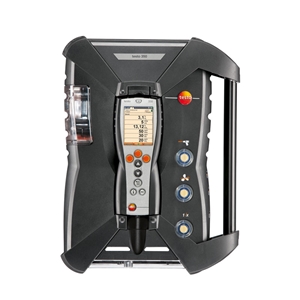As Australia’s population continues to grow and more pressure is placed on existing power sources, governments and energy businesses will have to look at more sustainable solutions.
One option which is currently gaining traction around the globe is gas turbines. The sector is experiencing significant growth as governments and utilities replace ageing coal plants with modern gas-fired power stations.
In fact, according to new report titled ‘Global Gas and Steam Turbine Markets’ published by research firm Frost and Sullivan, the market earned $32.51 billion in revenue last year. However, this is expected to reach $43.49 billion in 2020.
Frost and Sullivan Industry Director Harald Thaler said there is a lot of optimism around the gas turbine market at present, especially with the growing global oil and gas industry.
“Although the current profitability of gas-fired generation is low in regions such as Europe, gas turbines will be the technology of choice for future capacity additions,” he explained.
“Gas turbines will also benefit from increasingly stringent emissions legislation and roll out of emissions trading schemes in emerging markets, as they curtail the growth of steam turbines.”
Renewable energy sources are going to play a large role in Australia future with gas turbines numbers growing every year. According to a recent article on Renew Economy, gas turbines have low capital costs and will be powered with biofuel in the near future.
The article describes a 100 per cent renewable energy Australia with gas turbines making up 6 per cent of all energy production.
Industry options
To ensure the viability of Australia’s gas turbines, regular servicing and maintenance will be required. One tool to assist with this is the testo 350 Multiple Sensor Gas Analysis System that helps you achieve the optimum setting and control of your industrial and power generation plants.
The design of the device makes it perfect for a range of purposes including industrial burners and stationary engines as well.









 Reduce cooking oil costs while ensuring quality
Reduce cooking oil costs while ensuring quality Expert knowledge on CO2 monitoring
Expert knowledge on CO2 monitoring Refrigeration knowledge - in 3 modules
Refrigeration knowledge - in 3 modules



